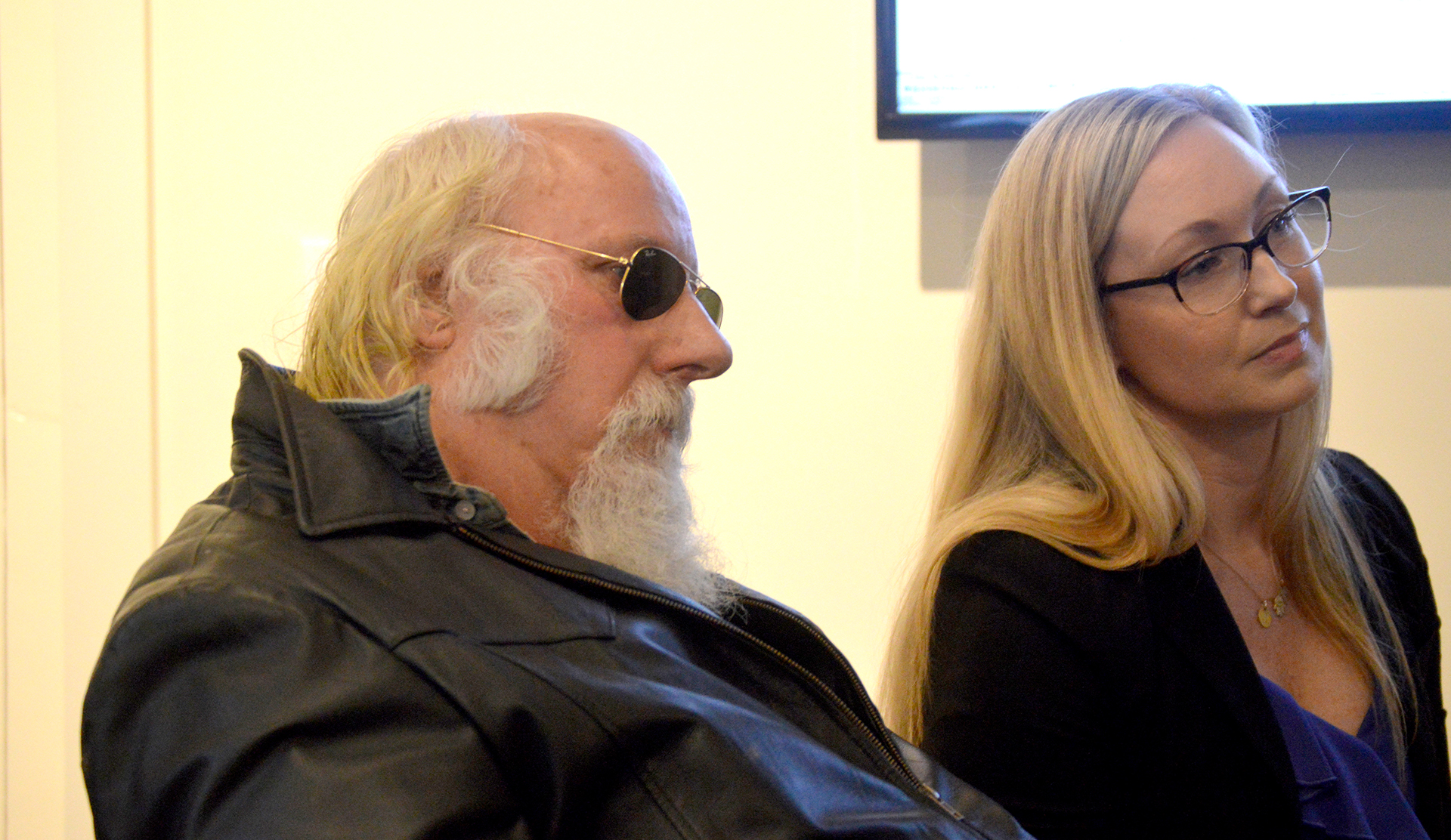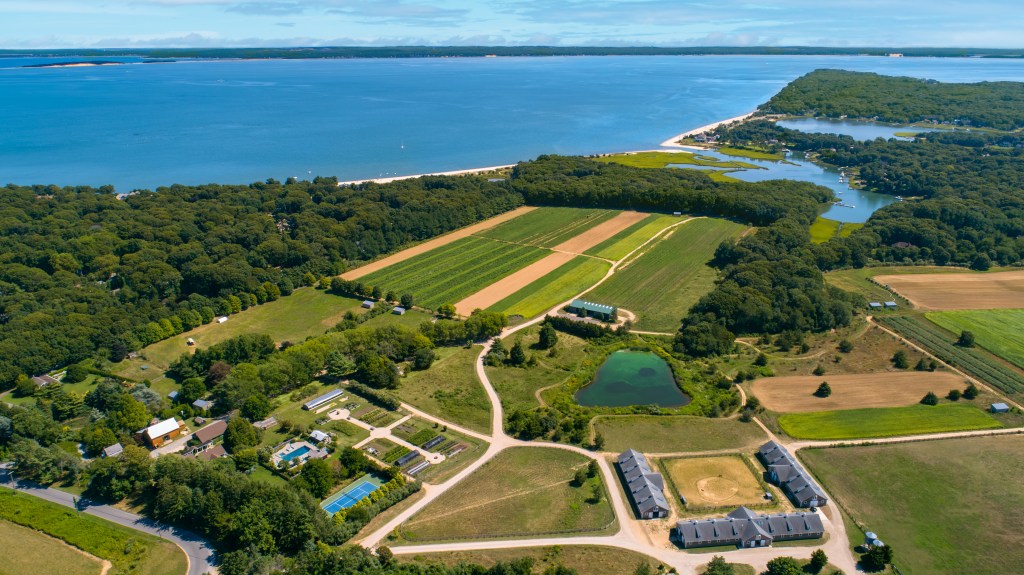Sagaponack Subdivision Gains Steam

The proposed subdivision of part of more than 140 acres of contiguous farmland south of Montauk Highway in Sagaponack took a giant step toward fruition last week after a public hearing at Sagaponack Village Hall December 10.
The parcel in question, 41.3 acres in size, is owned by Kenneth Schwenk and his family. Schwenk and his representative, Alice Cooley of Matthews, Kirst, & Cooley PLLC, were in the audience for the hearing before the village trustees and mayor Donald Louchheim.
The subdivision, called Meadowmere by Schwenk, will create nine buildable lots, each a bit over an acre in size, in the southwestern quadrant of his 41.3-acre property. The proposed subdivision, first aired about 10 years ago before being reintroduced this year, will create a cul-de-sac to be accessed from Montauk Highway by a 50-foot-wide private road. A 10th buildable lot on the current property, which runs from Montauk Highway south, is where there currently is a house, barn, and a garage, on the highway itself.
Schwenk has previously told the board that he has not personally farmed his property, which is bordered by farmland both to the east and west, for about 15 years. Either the building rights, or the land itself, on the acreage to the east and west of Schwenk’s, is owned by Southampton Town. Schwenk has previously indicated to the Sagaponack board he is not interested in selling the land to Southampton via community preservation funds.
One person spoke against the proposal, Randall Parsons. Parsons made it clear that he was not speaking as a representative of the East Hampton Town Planning Board, of which he is a member. Parsons said that the village should consider a positive declaration under the State Environmental Quality Review Act, “and initiate a limited scope environmental impact statement process. It is my belief that only in this way can we give extraordinary care to this extraordinary site,” he said.
Cooley responded that the SEQRA question had already been determined with a negative declaration in 2009, meaning no further work on the issue was required. She also said that the density of the proposed subdivision was three parcels smaller than it could have potentially been.
Originally, the Town of East Hampton was invited by the village to weigh in with its thoughts about the subdivision. The matter had been put before the town’s planning department and planning board, both of which asked for less development on what is now open land. This was done because the Schwenk’s land was believed to be within 500 feet of Town Line Road. If that were the case, Sagaponack would be required to make the invitation to East Hampton, under state law.
However, Cooley told the Sagaponack board the survey was being misinterpreted by all parties, and that, in fact, Schwenk’s land is farther away from East Hampton than 500 feet. After examining the survey, the East Hampton Planning Department agreed with Cooley.
Schwenck concluded, “Roll up your sleeves, everybody, and get to work.”
The board kept the record open to allow time for East Hampton’s response, and any other written responses.
t.e@indyeastend.com



